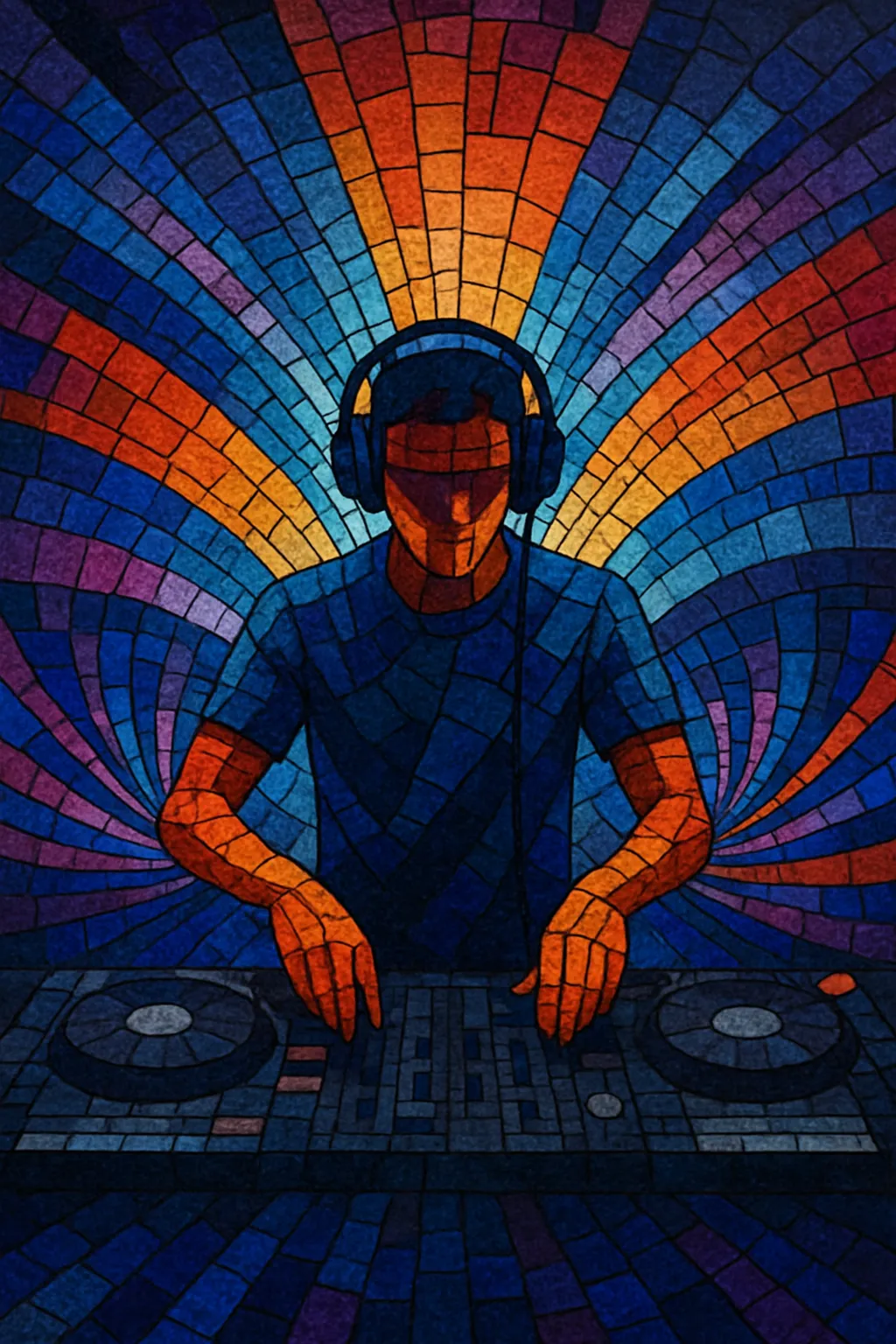Big room trance is a festival-ready offshoot of trance that fuses euphoric, supersaw-led melodies and breakdowns with the drop-centric, minimal heft of big room house. The result emphasizes towering anthemic leads, thunderous 4/4 kicks, and massive crowd-centric builds that resolve into simple but explosive drops.
Typically sitting around 128–132 BPM, it retains trance’s emotional chord movements and uplifting tension while adopting big room’s stripped-back, stadium-oriented sound design: punchy mono kicks, sidechained pads, white-noise risers and snare rolls, plus short, high-impact drops that spotlight a memorable lead hook. It’s engineered for mainstage impact and instant recognizability.
Big room trance emerged in the early 2010s as trance producers and festival mainstage acts began blending trance’s euphoric harmonies with the simplified, heavyweight architecture of big room house. Dutch labels and events—Armada/A State Of Trance, Spinnin’ sublabels, and mainstage circuits—were pivotal. Producers increasingly wrote breakdowns and melodies in a trance idiom but structured arrangements around big, minimal drops designed to move massive crowds.
As big room house dominated mainstages worldwide, several trance-leaning artists pivoted toward a hybrid sound. W&W’s catalog during this period, alongside peers on Revealed, Musical Freedom, and Armada’s Mainstage Music, showcased trance motifs—supersaw stacks, uplifting progressions, dramatic builds—culminating in drops with huge kicks and sparse, memorable hooks. This aesthetic translated seamlessly to Ultra, Tomorrowland, and festival radio shows, giving the style global visibility.
Acts such as NWYR (W&W’s trance alias), Andrew Rayel, MaRLo, and Orjan Nilsen continued to champion the festival-trance approach, while big room and progressive house producers increasingly borrowed trance writing techniques. Parallel movements like future rave and peak-time techno absorbed the same emotive builds and supersaw timbres, reflecting big room trance’s influence beyond traditional trance circles. Today, the sound persists as a high-impact festival flavor of trance: melodic, streamlined, and engineered for maximum mainstage payoff.


